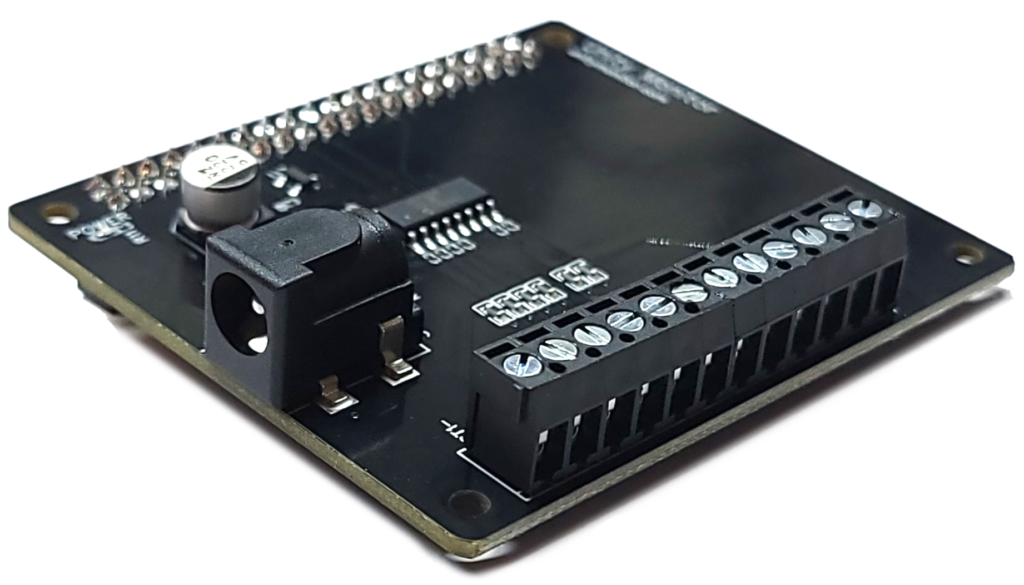Monitoring power is useful for understanding your power usage and generation, allowing you to more accurately gauge your electricity costs for running devices and potentially modify when devices run to reduce energy use or develop a more efficient solar power system and battery bank.
Measuring energy usage of an alternating current system can be challenging. It’s not as simple as connecting a transformer on an AC line and measuring the transformed voltage or current. A number of aspects influence the ability to calculate power, including measurement speed, device loads, as well as characteristics of your AC line itself, to name a few. Check out DIY Current Monitor on Raspberry Pi for a good read on one person’s journey to measure AC power, and check out the OpenEnergyMonitor Forum for all things energy monitoring related.
Current Sensing Transformers such as Greystone’s CS-650-20 are designed to transform AC current into DC volts by half-wave rectifying the signal and latching the peak voltage, which allows you to simply measure the voltage with an analog-to-digital converter, then calculate the AC current based on the measured voltage. Downsides to this method include 1) inaccuracy of calculating true power, and 2) higher cost compared to simple transformers. So, if you care about accurate measurements and need to measure multiple lines in an inexpensive way, the ability to measure the AC wave form is the key.
For this, we can turn to the product of the above forum thread, the Raspberry Pi Power Monitor. This open source power monitor, designed to connect to the header of a Raspberry Pi, is capable of measuring up to 6 individual circuits using inexpensive split core transformers. For more information, visit the Power Monitor Wiki. The hardware schematics are available if you want to build it yourself or you can buy a kit and components. This is a great option because it allows you to easily begin measuring power usage of specific lines of a circuit breaker panel as well as power generation if using solar panels or other energy generating devices. It’s also a great option because it’s open source, which means you have complete control over how it’s used. You can view the hardware and software to understand how the system works, modify the hardware and software to fix bugs and create new functionality, and you own the data being produced rather than being locked into using a manufacturer’s app without an API to retrieve the data from the device.
There are also many commercial solutions, such as the venerable Kill-a-Watt meter for measuring power from individual outlets, as well as all-in-one devices designed to measure multiple lines of a circuit breaker panel. However, be cautious of these later devices, as there are often significant flaws in their design, such as locking you into using their app to view data by not providing an API to download data, not measuring the AC voltage to calculate true power, and other oversights. As always, do your homework and become informed before making any significant buying or building decisions.
